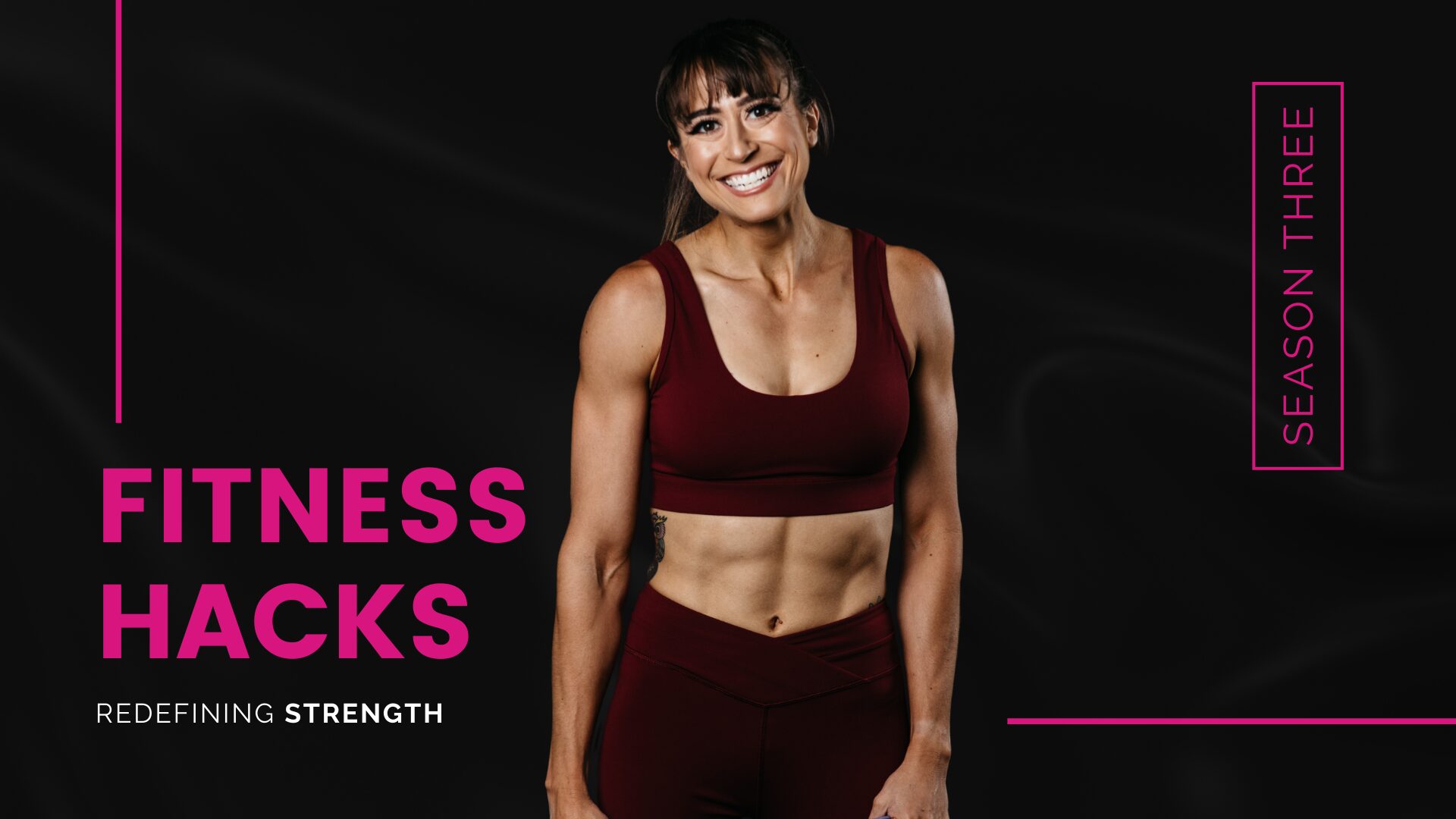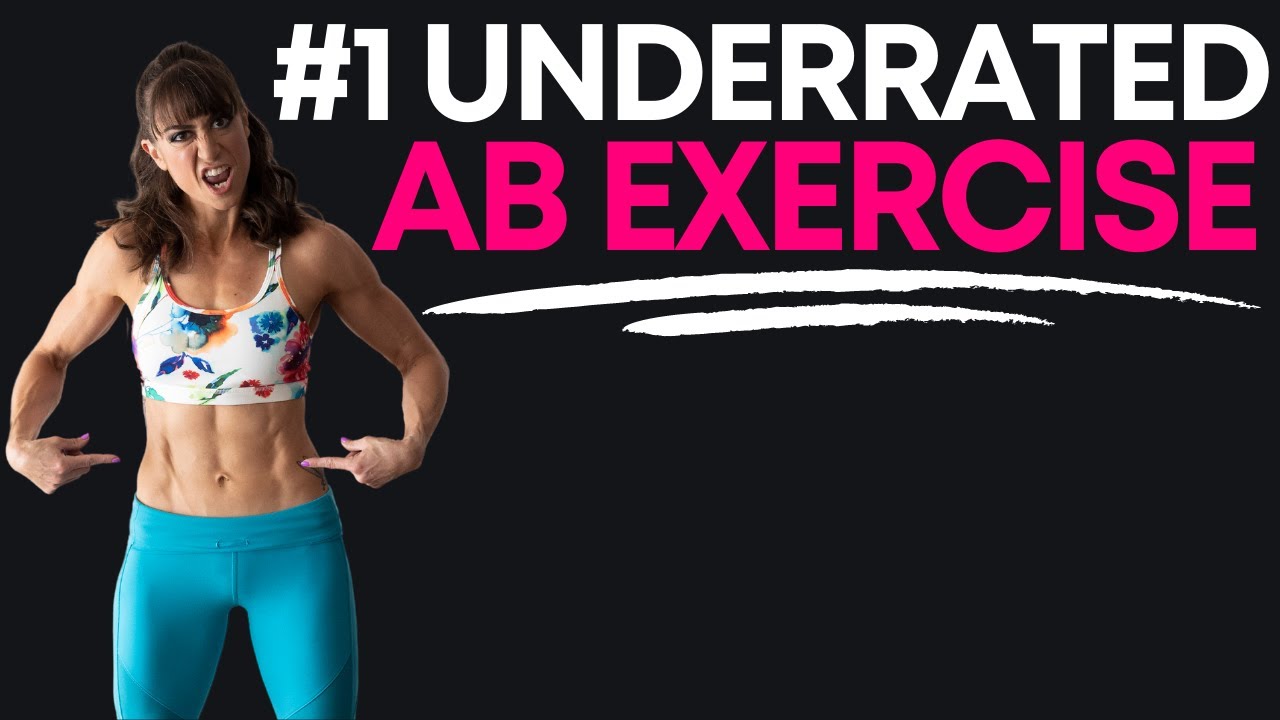
FHP 340 – Do The Minimum
So we’re entering the time of year that well…we often slack a bit on those healthy habits. We get busy. There are tons of work things and family events…
Let’s face it…often the holidays are when our motivation fades and often our healthy habits fall by the wayside.
But I think part of the reason why we ultimately lose progress so we feel we have to start over in the new year is because we’re holding ourselves to too high of standards.
Say whaaaat?!
Ok don’t get me wrong. I believe 100% in hard work.
But I also think we hide behind having to be all in or the “go hard or go home” attitude so much so that we end up doing NOTHING when we can’t do everything and be perfect with our implementation.
It’s why I want to prepare you for this time of year by giving you permission to do the minimum.
Yup. The minimum.
Because sometimes by simply doing as little as we can to MAINTAIN our current results we move ourselves forward.
I mean think about it this way even…
If you started the New Year even where you are NOW over, say 5lbs heavier from all of the holiday eating, wouldn’t that be better?
And on top of that, by often doing the minimum and being slightly better than we were the year before, we ultimately enter the New Year BETTER OFF than where we are currently.
Because consistency adds up.
It may not happen as fast as we’d like, but those results do snowball.
So I wanted to really highlight how you can do the minimum and still see results with these tips…
TIP #1: Focus on one nutritional habit or goal.
Ok so you may want to hit x macro ratio and x calorie count and prep everything at home and only eat super whole, natural foods….
But what if you can’t do that right now? What if it isn’t realistic?
What if you have meals you’ll be obligated to eat out at? What if you’ve never tracked before and the idea of logging feels overwhelming in and of itself?
START WITH ONE THING!
The more we break things down to make habit changes the easier they actually are to sustain long term.
And they allow us to build on them as we do enter the New Year when motivation may be higher and we have more time to implement all of the things we want.
We have to see this as a time to create habit changes that don’t require willpower to maintain because that is what makes them last.
So pick one thing.
Just track your food.
Just add one healthy food in consistently.
Just cut out one snack.
Just swap one restaurant meal for something lower in calories or higher in protein.
Just remember that because you have one cookie, you haven’t ruined the day so log it and stop.
Remember that little diet tweaks add up and you can always build off of them.
But be realistic for the time you’re in.
Even planning around holiday meals or events out with friends!
TIP #2: Consider your realistic schedule and design for that.
Ok so maybe usually you love to train 6 days a week for 1 hour per session…
If you don’t have time right now though to do that, trying to force that will be a recipe for disaster.
You’ll be inconsistent and missed training sessions will be a bit mentally demoralizing. Not to mention inconsistency leads to worse results and even puts you at a greater risk for injury.
You also may not be training everything ideally.
That’s why it’s best to honestly reflect on the time you have and design a routine, or even a plan B for that schedule.
If you only have 3 days and 30 minutes a day?
Create more full body routines with lots of compound moves. Avoid full rest periods and instead work other muscles so they can rest as you work another area.
Design for the time you have so you can get consistent!
By staying more consistent, you also maintain the habit which makes it easier to get back into the swing of things when you do have 6 days a week to train.
TIP #3: Just move forward no matter what.
There are going to be things that come up…unplanned events during the holidays that lead to skipped workouts and messed up macros.
Don’t beat yourself up.
Focus on just moving forward.
And don’t feel guilty like you’ve ruined the day.
Too often we let something lead to more, which is truly the issue.
As much as you can tweak. Hold yourself accountable. Find a minimum so you can mentally end each day on a high note even when a curveball has been thrown your way!
Maybe you end up eating out and your macros aren’t perfect? Just don’t eat extra feeling like you’ve ruined the day. Or at least pick a dish out that allows you to stay under your calories or hit your protein.
Or maybe just be proud of yourself for logging and staying accountable.
Maybe a work event means you’re drained and can’t get in your usual session. Try even just a 5 minute mobility routine to do something to move and prep your body to move well the next day!
Focus on what you CAN do to move forward. And never feel guilty. Learn from it even to see if there is a way to plan better or prepare for the situation in the future…
Like picking the restaurant or doing your workouts in the morning vs afternoon during these busier times!
TIP #4: See this time as practice.
Instead of seeing this time as you can’t do everything you want, see this time as a way to practice specific habits or PLAN for the New Year.
Write up workouts. Test out moves or training types.
Test out recipes that you can add to your food tracker so they are easy to enter when you can really dial in your ratios.
Get in the habit of logging so it feels easy as you do tweak your macros.
Try planning out options to hit your ratios.
Try meal prep. Find healthy restaurant meals to get on the go.
Use this time to work on those mobility restrictions if you can’t make it to the gym.
Find little things you can do that will only benefit you as you can really dive in 100% to your programming in the New Year!



